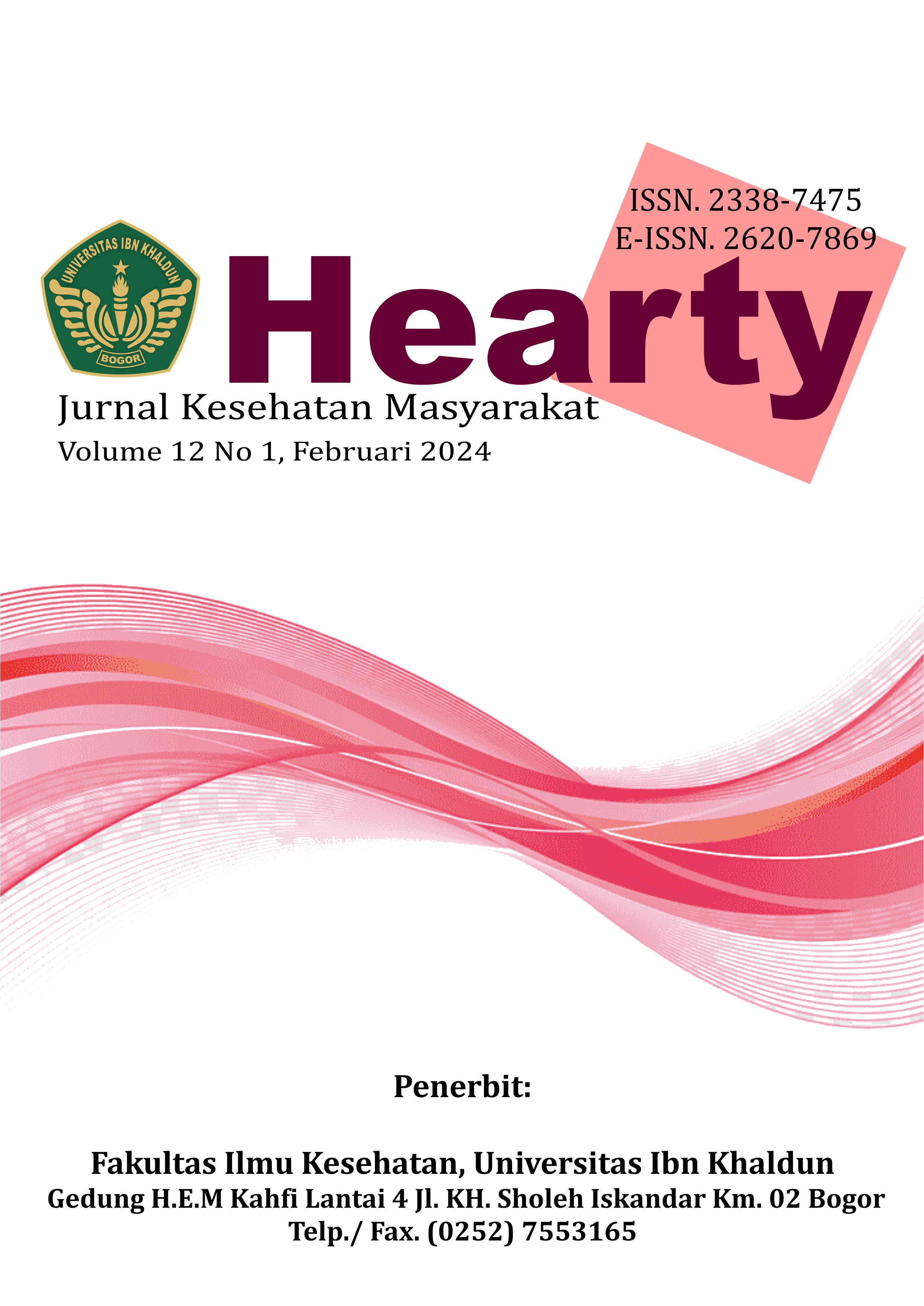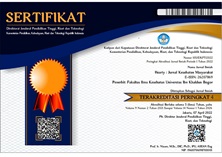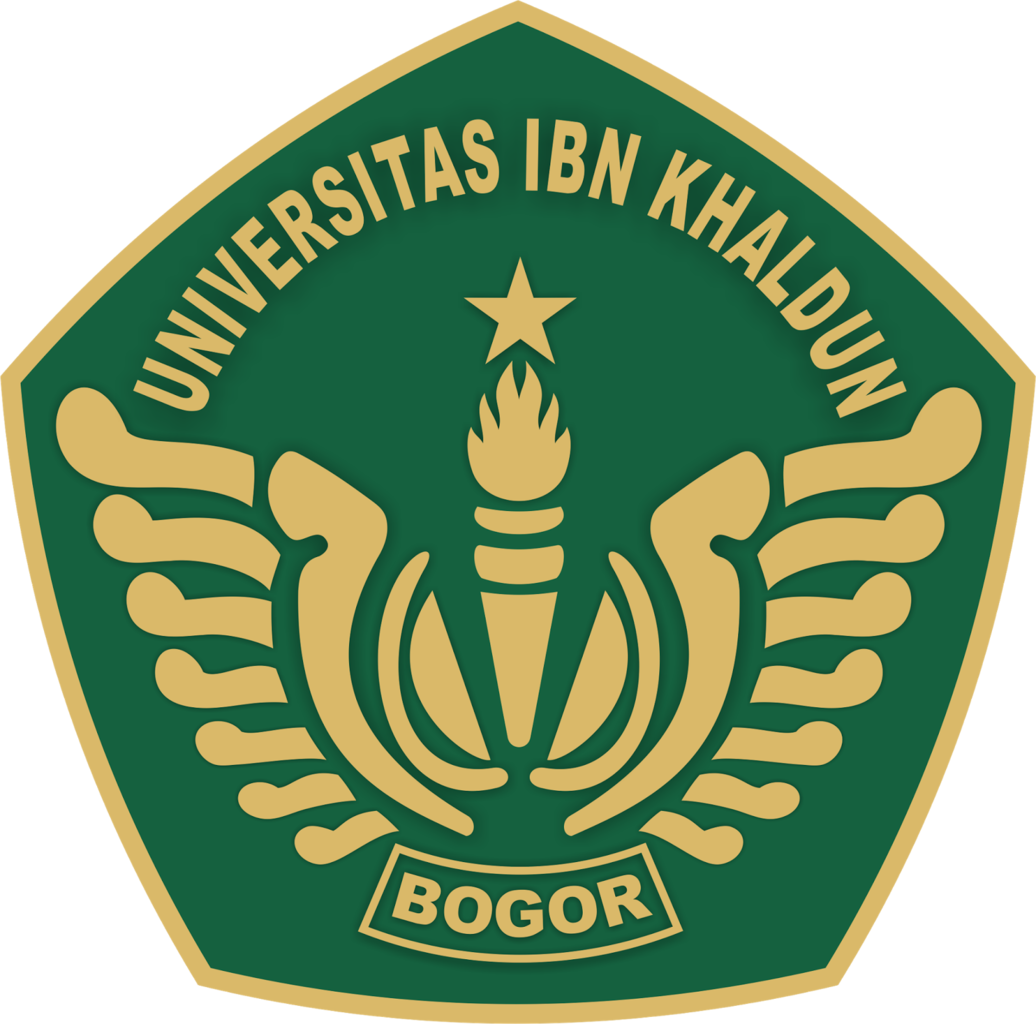ANALYSIS HEALTH PROBLEMS OF DENGUE HEMORRHAGIC FEVER IN THE WORKING AREA OF THE KEDIRI CITY HEALTH SERVICE
DOI:
https://doi.org/10.32832/hearty.v12i1.15305Abstrak
Dengue Hemorrhagic Fever is still an endemic disease in more than 100 countries, including Indonesia. Every year Dengue Hemorrhagic Fever breaks out into outbreaks in several areas and becomes a public health problem in general in Indonesia. The incidence rate of Dengue Hemorrhagic Fever in Kediri City in 2023 exceeds the Regency/City target, namely >10 per 100,000 population. The research aims to analyze health problems in the Dengue Hemorrhagic Fever program in the Kediri City Health Service Work Area in 2023. This research is an observational descriptive study conducted in the Kediri City Health Service Work Area in July-August 2023. Problem prioritization uses the USG method (Urgency, Seriousness, Growth). Root causes of problems using Fishbone and providing alternative problem solving. The research results showed that the priority problem of the Dengue Hemorrhagic Fever program at the Kediri City Health Service in 2023 was the lack of public awareness in doing the 3M Plus Mosquito Nest Eradication (PSN 3M Plus). The root causes of the problem are a lack of public knowledge, a lack of public attention to health, a community that relies on cadres, the influence of livelihoods on mosquito breeding, an environment that is a breeding ground for mosquitoes, a lack of socialization and training for cadres and the community, no educational media; lack of facilities and infrastructure for cadres. Alternative problem solving that can be provided is socialization, community service, and holding 3M Plus application competitions in the form of implementing PSN in sub-districts/villages and public places.
























